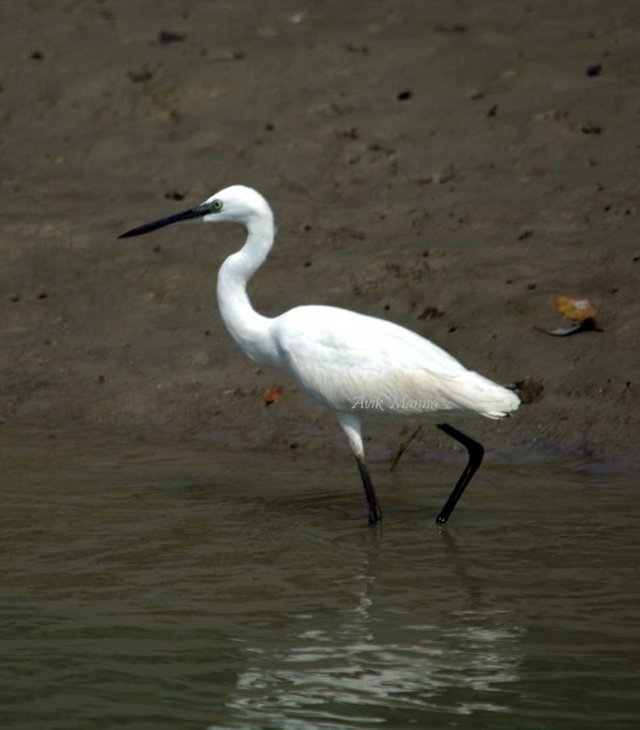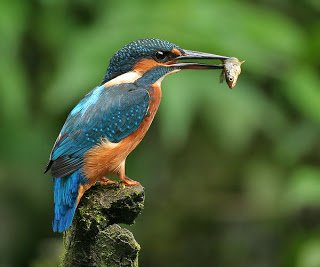Sundarbans Wildlife Tour
The Sundarbans mangrove forest, one of the largest such forests in the world (140,000 ha), lies on the delta of the Ganges, Brahmaputra and Meghna rivers on the Bay of Bengal. It is adjacent to the border of India’s Sundarbans World Heritage site inscribed in 1987. The site is intersected by a complex network of tidal waterways, mudflats and small islands of salt-tolerant mangrove forests, and presents an excellent example of ongoing ecological processes. The area is known for its wide range of fauna, including 260 bird species, the Bengal tiger and other threatened species such as the estuarine crocodile and the Indian python.

Frinvelebi

The Sundarbans Reserve Forest (SRF), located in the south-west of Bangladesh between the river Baleswar in the East and the Harinbanga in the West, adjoining to the Bay of Bengal, is the largest contiguous mangrove forest in the world. Lying between latitude 21° 27′ 30″ and 22° 30′ 00″ North and longitude 89° 02′ 00″ and 90° 00′ 00″ East and with a total area of 10,000 km2, 60% of the property lies in Bangladesh and the rest in India. The land area, including exposed sandbars, occupies 414,259 ha (70%) with water bodies covering 187,413 ha (30%).
The three wildlife sanctuaries in the south cover an area of 139,700 ha and are considered core breeding areas for a number of endangered species. Situated in a unique bioclimatic zone within a typical geographical situation in the coastal region of the Bay of Bengal, it is a landmark of ancient heritage of mythological and historical events. Bestowed with magnificent scenic beauty and natural resources, it is internationally recognized for its high biodiversity of mangrove flora and fauna both on land and water.
The immense tidal mangrove forests of Bangladeshs’ Sundarbans Forest Reserve, is in reality a mosaic of islands of different shapes and sizes, perennially washed by brackish water shrilling in and around the endless and mind-boggling labyrinths of water channels. The site supports exceptional biodiversity in its terrestrial, aquatic and marine habitats; ranging from micro to macro flora and fauna. The Sundarbans is of universal importance for globally endangered species including the Royal Bengal Tiger, Ganges and Irawadi dolphins, estuarine crocodiles and the critically endangered endemic river terrapin (Batagur baska). It is the only mangrove habitat in the world for Panthera tigris tigris species.
Hi! I am a robot. I just upvoted you! I found similar content that readers might be interested in:
https://beautyofnature393.wordpress.com/about-sundorbon/
okkk ......bur thank you
I found the picture too http://krishnandusarkar.com/sundarban-into-the-wilderness/
ok...but thank you so much
@positivethink says sundarban is one of the most mangrove forest in the world
thank you so much
please folow back and vote
ok...but you upvote and follow me